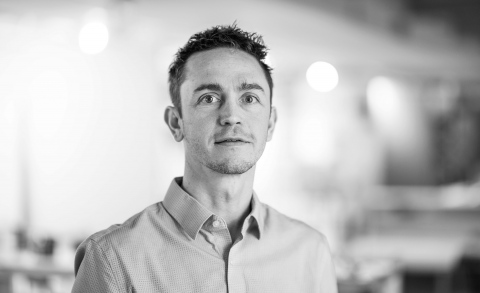Our buildings are inhabitable sculptures. These are iconic and experiential projects, each one an identifier of a specific place and the people served by the place. Our buildings curate relationships, predispose patterns of use and invite participation. They foreground ideologies such as sustainability, transparency, accessibility and above all, an optimism for the world we share. These projects serve audiences beyond the bounds of their design-briefs. This is art with no entrance fee, free-for-all.
Uncomplicated by the complex programmatic elements of our buildings, our focused public art projects highlight the power of design to invite and elevate specific stories and identities. We pursue these projects because they reinforce our mission and challenge our designers to invest themselves in their communities.
As architects and planners, we have agency to shape the built environment. Because we possess this agency, we also have a responsibility to support and guide positive growth with an awareness of the diverse constituencies served by our shared spaces. Our public art projects leverage our in-house fabrication capabilities and strong community relationships to directly address this responsibility.

One of PAYETTE’s close non-profit partners is a placemaking group called Beyond Walls. Together, we align arts initiatives with the strategic goals of New England communities to improve shared spaces. We engage local stakeholders as collaborators, both in defining the problem and in developing the solution. This approach delivered successes in communities like Lynn, where a constellation of urban improvements changed the character of the city.
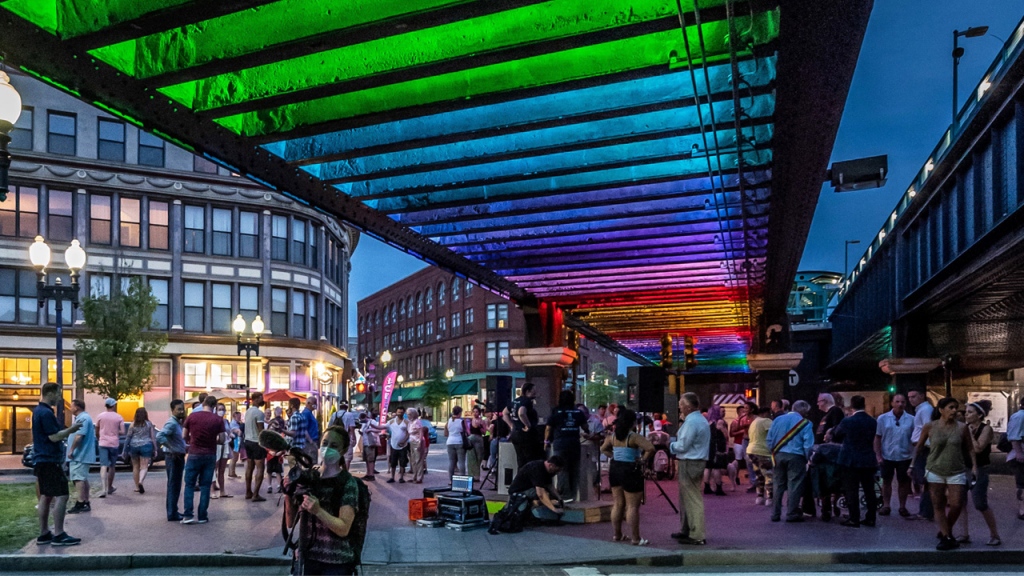
We are thoughtful about framing our contributions within the value structure and priorities of our audience. For example: A rail line cuts through downtown and the city identified the railway underpasses as areas of increased crime and vehicle/pedestrian accidents: ‘We need better lighting!” We did more than just illuminate the underpasses. We made it epic.
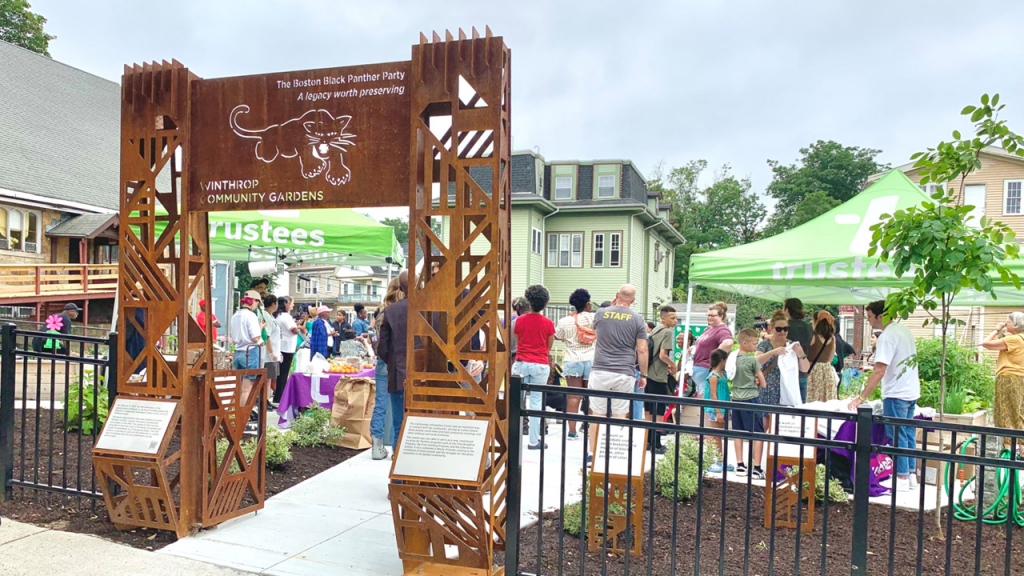
In the Roxbury neighborhood of Boston, a community garden was developed on the site of what was once an information center for the local Black Panther movement. Working with the neighborhood, Social Impact Collective, and students from Northeastern, we researched the local history, interviewed residents, and coordinated with The Trustees and other stakeholders. The Black Panther Commemoration Project uses public art to highlight the local history of social-justice activism. The spirit which underpins this project was present in this place long before our involvement and it will continue long after our work is done, growing and evolving to make room for new contributors.
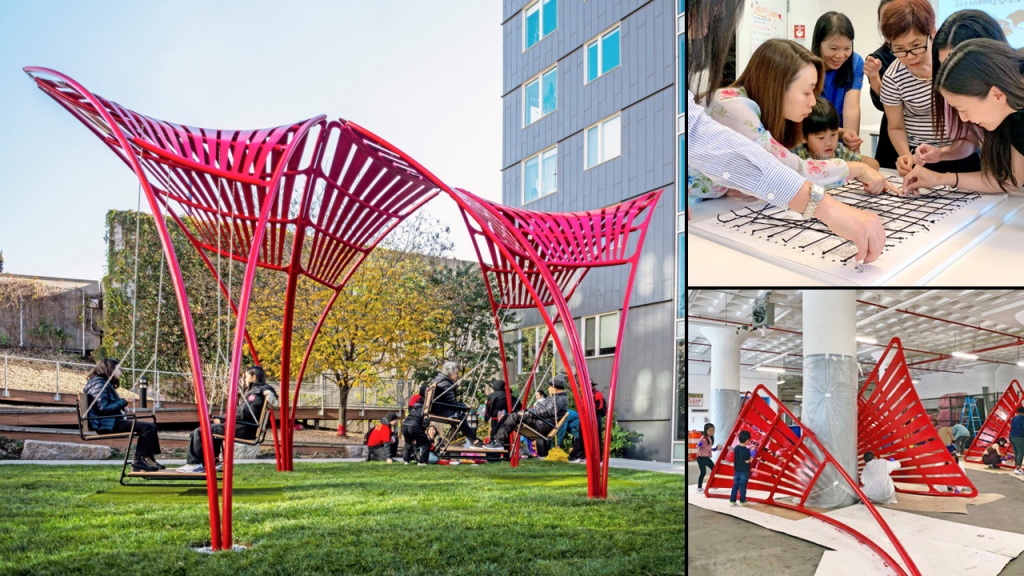
In Boston’s Chinatown, we collaborated on a project that the Asian Community Development Corporation termed an ‘anchor’ initiative: An activation that reinforces the cultural identity of Chinatown. The project site is located on the perimeter of this district, which makes it prone to a kind of cultural erosion. Dancing Dragon prevents that erosion by affirming the identity of the neighborhood and encouraging neighborhood bonding. The residents of the two adjacent apartment buildings embraced a design process led by artists Katherine Chin and Parke MacDowell: From the community design sessions, where every comment was communicated in both English and Mandarin, to our Paint Day, which brought over 40 volunteers to PAYETTE’s nearby shop.
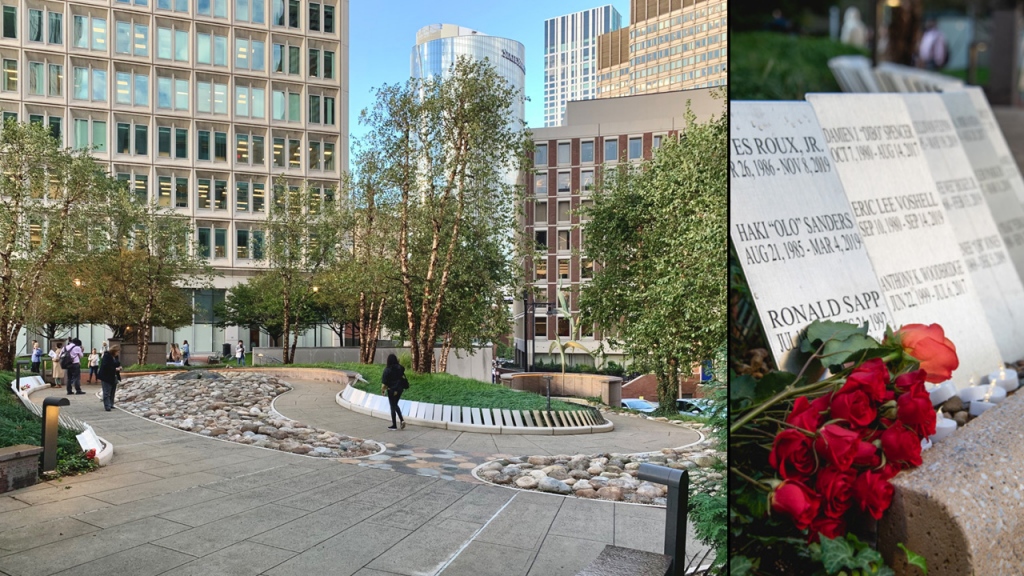
The Garden of Peace is the Massachusetts memorial to victims of homicide, a place where families, friends and the larger community may remember and honor the lives of those taken by violence. It is an enduring reminder of the impact of violence and a visual testament of the need to eliminate it. At the same time, the Garden serves as a symbol of hope, peace and renewal. PAYETTE designed landscape improvements to the existing garden to increase capacity and enhance accessibility. We also fabricated the bent-plate, laser-cut stainless steel plaques which commemorate each individual victim and recognize the broader arc of loss within our communities.
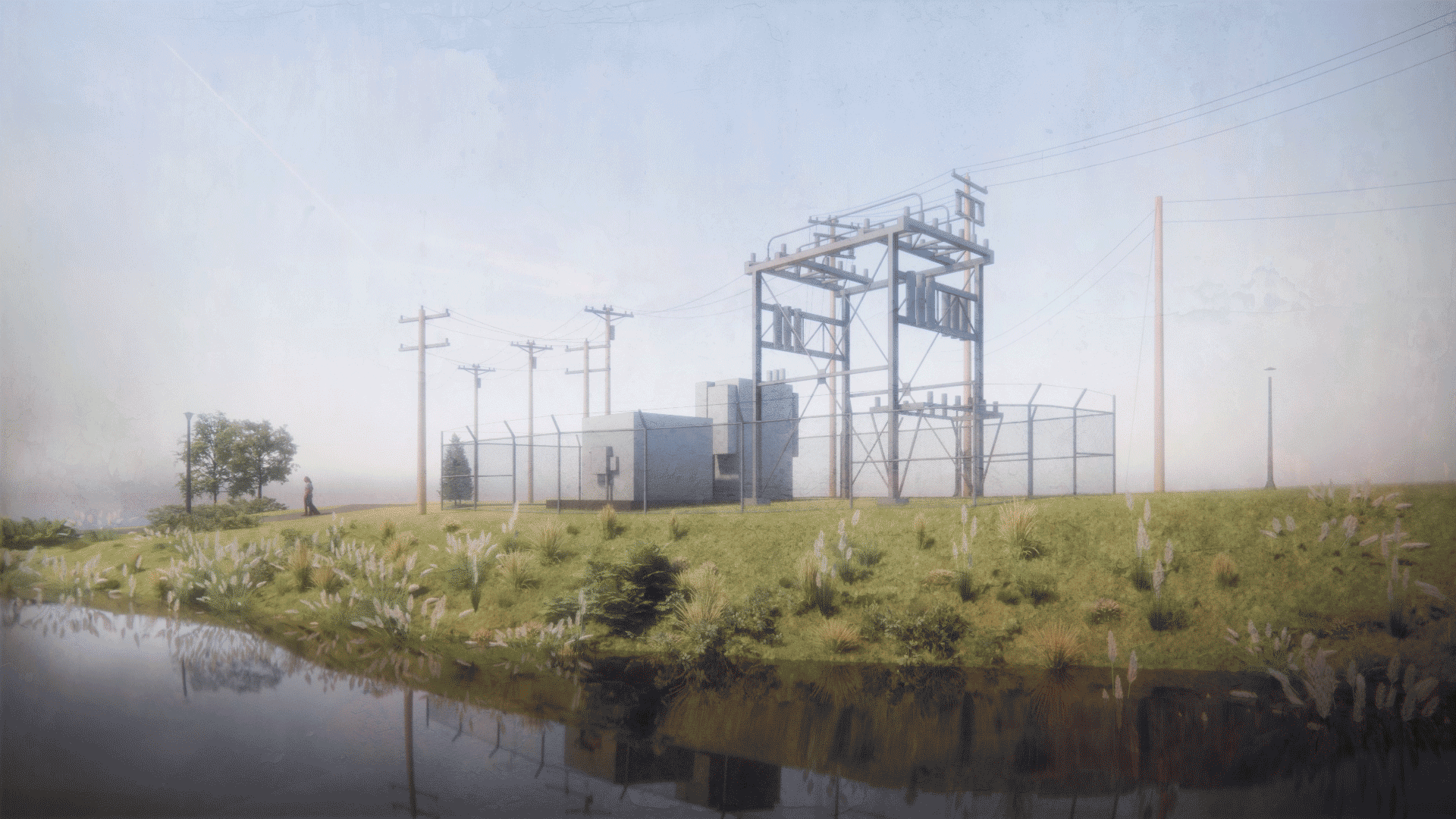
A key piece within a broader project to turn an old industrial canal into a linear public park, this weathering-steel sculpture shields a new boardwalk from an existing electrical substation. The piece features slender, tapered spires arrayed along sweeping arcs between the substation and the water’s edge. A dynamic contributor to the pedestrian experience of the riverwalk, the piece will be a defining feature of this new public amenity as viewed from the Main Street bridge and Renaissance Park.
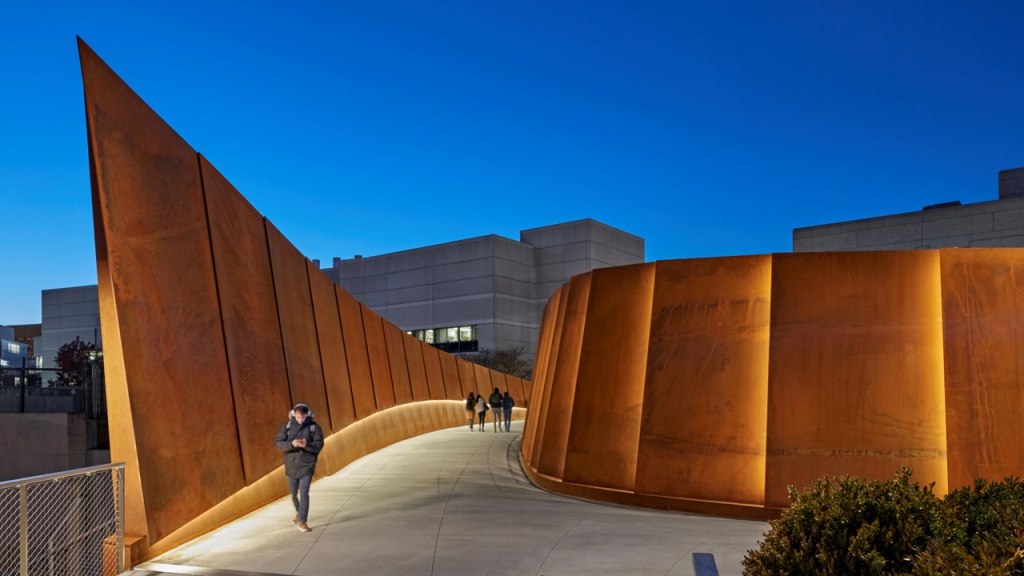
PAYETTE’s designers work on projects of all different scales, from small installations to massive research buildings. On every project, we aspire to embed amenities that serve a broader community… beyond the bounds of the design brief. For example: a bridge might become a sculpture which communicates, “This community is worth delightful public spaces”. This project provides an energetic, ADA-accessible connection across the Amtrak and MBTA rail lines, uniting the NU campus as well as the neighborhoods of Fenway and Roxbury. PEDX is open to the public at all times, day or night.
On these public space projects, our role is to provide an injection of energy and expertise at just the right time to catalyze the efforts of community stakeholders. We strive to be inspirational – without being prescriptive – and to approach the design process with openness and humility that invites many voices to contribute.

